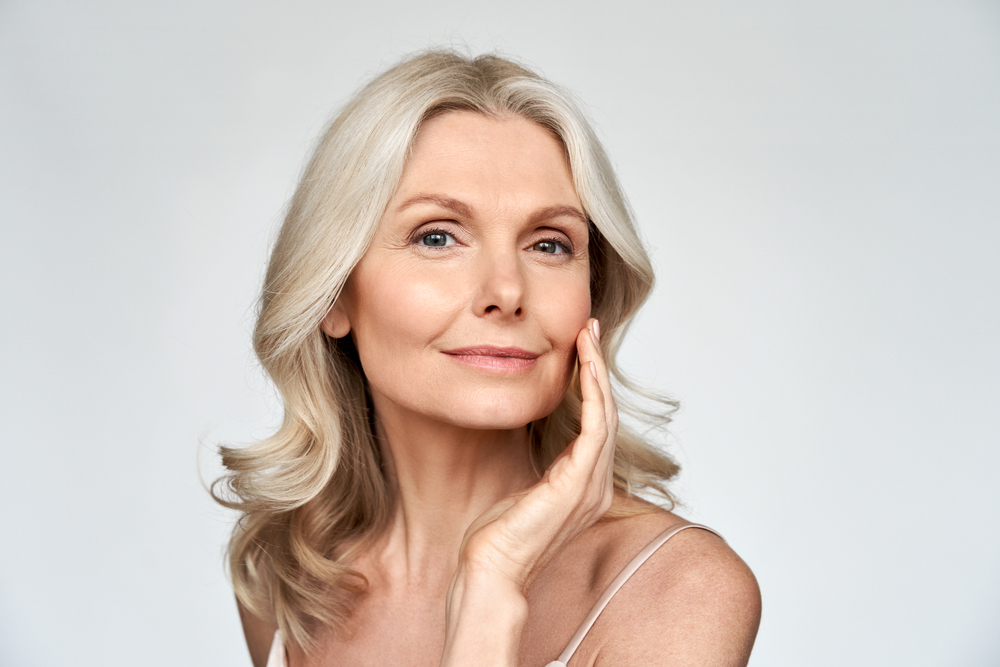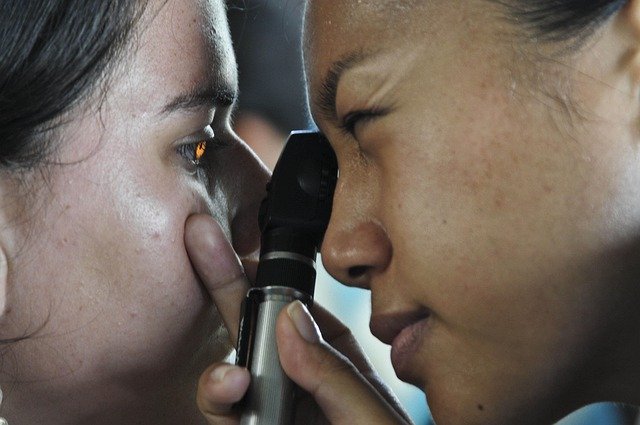Unmasking the Truth: The Science Behind Eye Bags and Their Treatments
Our eyes are often referred to as the windows to our souls. They are one of the first places to show signs of aging, stress, and health issues. One such issue is the formation of under-eye bags. These pesky and often unwelcome guests seem to appear out of nowhere, immediately bringing a tired and aged appearance to our faces. Today, let's delve deeper into the science behind under-eye bags, uncovering why they form and how they can be treated effectively.

Eye Bags: A Brief Historical Context
The condition of having under-eye bags or puffiness is not a new phenomenon. Ancient Egyptians used natural remedies such as cooled tea bags or cucumber slices to combat this issue. In the Middle Ages, women concocted elaborate poultices using herbs and other ingredients to reduce puffiness. In the 19th and early 20th centuries, women turned to cold compresses and specially formulated creams to treat under-eye bags.
In the contemporary world, under-eye bags have been associated with a lack of sleep, aging, and an unhealthy lifestyle. Today, the rise of advanced skincare technology and medical procedures has provided us with a variety of treatment options, from topical creams to surgical procedures.
The Making of Eye Bags: The Science Behind the Scene
Under-eye bags are primarily caused by the weakening of the muscles and tissues surrounding your eyes. With age, the tissues and muscles around your eyes weaken, causing the fat that’s normally confined to the area around your eye to move into the lower eyelids. This makes the lids appear puffy.
Another factor contributing to under-eye bags is fluid retention due to high salt consumption, hormonal changes, or lack of sleep. This can cause swelling under the eyes that may appear as puffiness or bags.
The Impact of Eye Bags on Perception and Self-Image
The appearance of under-eye bags can significantly affect an individual’s self-image and how others perceive them. People with under-eye bags are often seen as tired or older than their actual age. This can negatively impact their social and professional interactions. Moreover, persistent under-eye bags can lead to a lack of self-confidence and increased self-consciousness.
Current Treatment Trends: From Home Remedies to Advanced Procedures
In the world of skin care and treatment, under-eye bags have been a persistent challenge. Over time, the ways to treat this issue have evolved, ranging from home remedies to advanced medical procedures.
Home remedies such as cool cucumber slices, tea bags, and a good night’s sleep are some traditional ways of dealing with under-eye bags. In recent years, there has been a surge in the use of topical creams and serums containing active ingredients like retinol, hyaluronic acid, and caffeine, which are known to reduce puffiness and improve skin elasticity.
For more severe cases, non-surgical treatments like dermal fillers and laser therapy are becoming increasingly popular. These treatments aim to restore lost volume and tighten sagging skin. Surgical procedures, such as blepharoplasty, are also an option for those seeking a more permanent solution.
The Reception and Efficacy of Under-Eye Bag Treatments
The reception and efficacy of under-eye bag treatments vary greatly depending on the severity of the issue and the chosen treatment method. Home remedies and topical treatments are generally well-received due to their non-invasive nature and affordability. However, their effectiveness is often limited to mild cases of under-eye bags.
On the other hand, non-surgical and surgical treatments provide more noticeable and long-lasting results. These treatments, however, come with a higher price tag and potential risks, such as infection, scarring, or changes in skin color.
In A Comprehensive Approach to Eye Bag Treatment
In the end, the most effective approach to treating under-eye bags is a comprehensive one that includes a healthy lifestyle, a good skincare routine, and possibly medical treatments for more severe cases. It is also essential to understand that under-eye bags are a natural part of aging and are not necessarily a sign of poor health or sleep deprivation.
The journey towards reducing under-eye bags is a deeply personal one, influenced by factors such as genetics, lifestyle, and individual skin characteristics. It’s important to choose a treatment that aligns with your comfort, budget, and desired outcomes. Always consult with a dermatologist or skincare expert before starting any new treatment.




